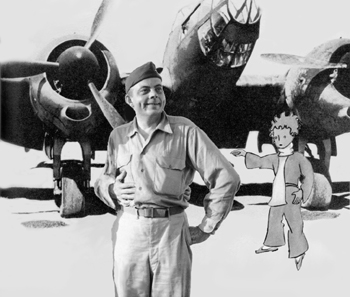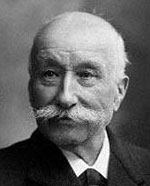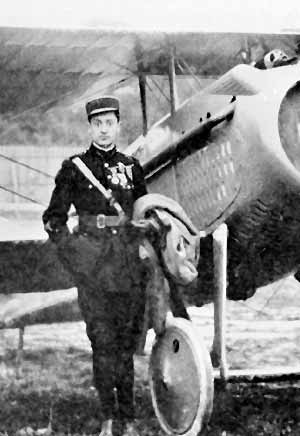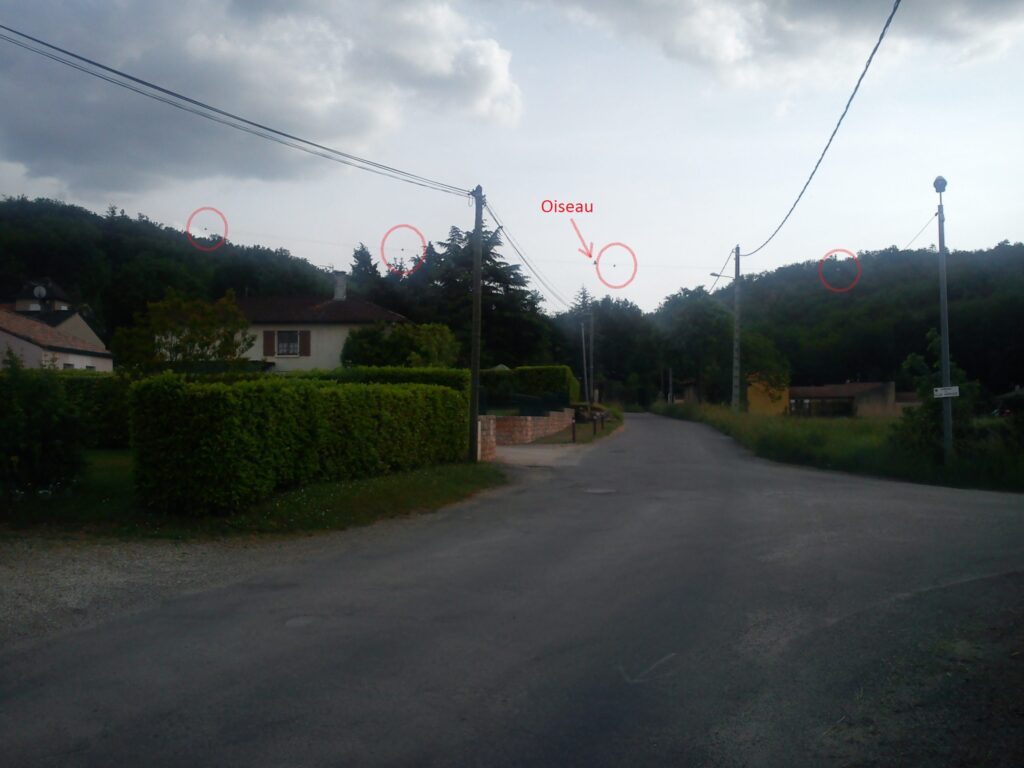Historique de l’aéroclub
Summary of the history of the Aéroclub du Quercy
From the beginning of the 1930s, it was passion and the conviction that evolution and technological development would be played out in the air, which pushed daring men to imagine the installation of a flying club in Lotoise. Created under the aegis of the Chamber of Commerce, the flying club has a field in Labéraudie, northwest of Cahors on the left bank of the Lot.
On January 4, 1934, in the premises of the Chamber of Commerce, under the chairmanship of Mr. P. ORLIAC, the constituent assembly of the Aéroclub du Quercy was held. The first board of the ACQ is made up of gentlemen
ARTIGALAS,
de NAZARIS,
BRIS,
de BARBE,
GRELET,
LABOUDIE,
LANTEJOULS et
VIDAILLAC.
On June 10, 1935, on the last day of 3 days of great celebrations, the Labéraudie field was inaugurated. On this occasion, a huge crowd moved (more than 45,000 paid entries were then recorded!). It is a great aviation festival that baptizes the Quercy Aeroclub, with demonstrations, first flights in the presence of flying aces, that the incident of the plane of the Minister of Air, at his departure from the field, has not been able to tarnish
Born in 1921, Etienne LAMOLERE, resident of Pradines, was present on the day of the inauguration of the aviation camp and says: "I was in a cherry tree, eating cherries. I saw some sting their plane, and go around Labéraudie with wheels in the air! And the twin-engine of General Denain, the Minister of Air, piloted by Rossi, who held the world record for the distance and who had to land in the vineyard of Louis Malbert because the track was too short! (Excerpt from Vivre@Pradines n°8)
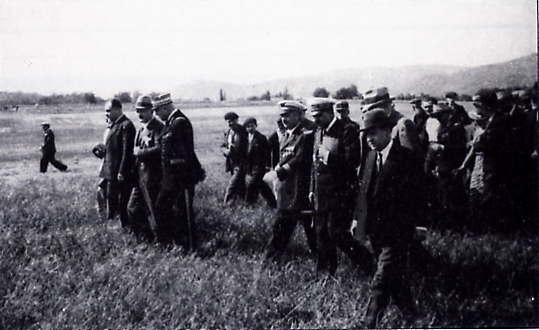
In 1936, the first installations being somewhat precarious, the decision was made to build a reception and meeting building. Consideration is also being given to expanding the field to allow the installation of a military squadron in Cahors.
A section of popular aviation is formed. Its goal is to allow access to aeronautical sport to all young people so that the final choice of pilots for the Air Force is made on a larger number. Its facilitator, Dr. BARRET de NAZARIS, has trained among others Messrs Delmas, Laur, Valat, Maillet,... This year is also the beginning of gliding with the glider II purchased by the flying club.
The results of the year 1937 demonstrate the growing success of aviation in the Lot: 468 hours of flight worked, 54 "foreign" planes in Cahors landed in Labéraudie, 57 "air trips" were made by the Club's pilots, 52 students were trained that year. A Henriot 32 arrived that year, the first aircraft owned by the flying club (the others belonged to members of the club), on which flying lessons were now given.
In 1938, the fleet of the Aéroclub du Quercy is composed of 7 aircraft: 2 Phalènes, 1 Morane, 1 Potez 36, 1 Henriot 32, 1 Micro Plan and 1 Autoplan both designed and built at the Club.
In 1939, the sounds of boots echoed across the Rhine. A period of dormancy of the Club begins with the war. Throughout the country, People's Aviation is transformed into Premilitary Aviation. As soon as hostilities break out, all civil aeronautical activity was suppressed. The club lives on. Model aircraft sections are being developed in schools in Cahors. Directed by professors under the leadership of Mr. BABOULENE, this activity is a great success. The competence of the latter even contributed to the creation of a model aircraft instructor center. "Babou", appreciated by all, is known on all sides as a pioneer of popular aviation.
The Labéraudie aerodrome was requisitioned until 1940. The military occupation caused damage to the land, which was quickly rehabilitated.
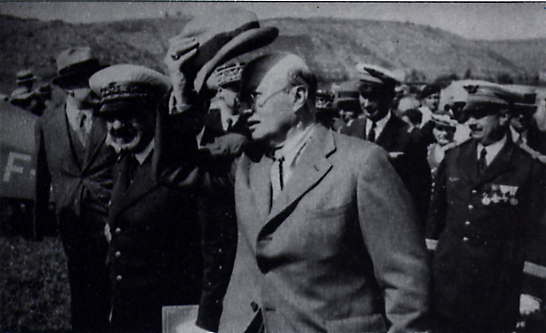
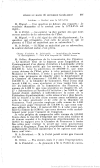


In June 1942, a competition for scale models was organized in the field. Model aircraft opens the doors of unpowered flight to young people who have successfully passed the Elementary Certificate of Technical Education in Air Sports. Supervised by Mr. DUBOSC, a team of about twenty students was born in 1942. Unfortunately, this activity was quickly banned by the German occupiers. The activity of the Club then focused on model aircraft until the end of hostilities.
As soon as the war ended, activity resumed. Gliding resumes with new aircraft provided by the National Federation of Air Sports. This section, first led by Lieutenant DUBOSC and Mr. LACOUR is then supervised by Mr. LE CHEVALLIER who later becomes head of the acrobatic patrol of Saint-Yan. New projects are emerging. We even consider the construction of a two-seater aircraft L'ortolan whose plans are presented by its designer Mr. MOURLOT. This aircraft will be built later in significant quantities.
The efficiency and success of military aviation during the war opened the doors to the expansion of commercial aviation. A national study is being undertaken to assess the possibilities for air traffic development. The city of Cahors appears as a possible base for the air transport of regional products.
The life of the club intensifies. Meetings are held regularly at the Centre's premises on Wilson Street. On Sundays, we meet in town. Those who own a vehicle take the others to the Labéraudie field. The fleet was then very small.

In 1946, a "Stampe" aircraft was loaned to the Aéroclub by the state. It remains the only device for 8 years. There are an increasing number of landings in the field. Its expansion is envisaged. Air shows are organized. They attract many spectators and provide income to the Club. At that time, a glider launch costs 45 Francs. Students under the age of 21 pay 30 francs for a flight. A 310-P glider is assigned to the Club by Air Sports. At the end of December 1949, the management of the new ABC cinema inaugurated its cinema. The recipe of the evening is entirely offered to the Aeroclub. A bar is open at the aerodrome. Built at the instigation of Mr. CLEMENT and other members of the club, it now hosts the "big family of wings".
On May 23, 1952, Dr. BARRET de NAZARIS (born January 26, 1900 in Agen – Married in Cahors) died in southern Spain, victim of his passion for the sky, trying to beat the world record for distance in a straight line for aircraft under 500 kilos. This tragic accident plunges the Aéroclub into mourning, which loses a fervent "aviator" who gave much of his time to the development of the club. René Fournier, after having learned in Cahors, from Barret de Nazaris, the technique of amateur construction in wood and canvas, decided to design and build a "glider plane", guided as much by his intuition as by calculation. The RF-1, a prototype of great elegance, was efficient thanks to a very studied aerodynamics (wing with great elongation and retractable gear), but at the same time economical thanks to its low power engine. In the story JODEL (Édouard Joly and his son-in-law, Jean Délémontez), Dr. BARRET de NAZARIS and his passion were a real ambassador of the Baby D9.


In 1953, the construction of a two-seater Jodel is undertaken and testifies to the confidence of the members in the future of the club chaired by Mr. DELMAS. The construction is largely entrusted to Mr. BABOULENE. The aerodrome is developing and welcomes more and more "foreign" aircraft. Mr. CONTI, after having followed an internship in Challes-les-Eaux, ensures from that year the functions of volunteer monitor. He devoted all these leisure activities for 10 years to the training of many pilots including Messrs. Allias, Fargues, Bardin, Castagné,... In October 1953, Mr. BABOULENE, in gratitude for his daily dedication, was decorated with the Medal of Aeronautics.
1954 is the year of the first flight of the Jodel 112 in the hands of President DELMAS. On this day, it is the efforts of the whole team that are rewarded.
In 1958, the flying club acquired a four-seater Potez 43. This device, not very fast but very safe, will organize many sessions of first flights. The Stampe was exchanged for an N.C.858.
In 1963, the fleet was enriched by the purchase of a Jodel 117 faster than the old one. It will be replaced the following year by a three-seater Sicily-Record that allows long-distance travel.
1965 was another tragic year for the Flying Club. Maurice DELMAS, President of the Club tragically disappears near Luzech at the controls of the Jodel 112 that he had helped to build. Mr. Robert JARDIN then assumed the presidency of the Club. The damaged Jodel is immediately replaced by a new one.
In 1968, a single-seat Fournié glider aircraft for pilot training and development was purchased. Then the fleet is further enriched with a Morane Rallye Commodore 180hp, 4-seater, business jet and long trips.
In 1971, the life of the Club took a big turn with its transfer, reluctantly, from the aerodrome of Labéraudie to Cahors-Lalbenque.
Everyone believed in the development of regional lines. From the beginning, an Aerodrome Commander, Mr. KERHOAS, great friends of aviation, takes office. The new terrain with a runway of 1,500 meters, three times longer than that of Labéraudie, allows the landing of larger aircraft. Initially, the lighting of the track is provided manually with batteries. The first "Control Tower" is housed in a Citroën van. There was a lot of belief in the development of business aviation. For 3 years, the TAT served Cahors located on the Carcassonne-Paris line. Georges POMPIDOU, President of the Republic, regularly uses the aerodrome during his stays in Cajarc.
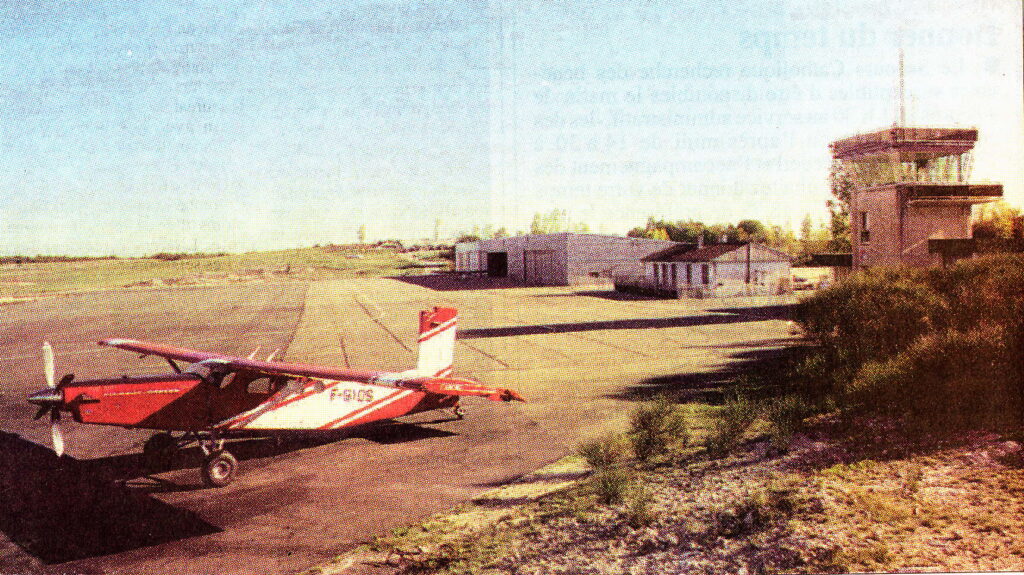
The road travelled since 1934 is long, but the history of the Aéroclub du Quercy is played out every day. The passion of its pioneers is perpetuated unceasingly. The memory of the men of the first hour remains alive and their cadets are there to ensure the succession.
In 1985, the chief instructor pilot of the Quercy flying club, André SALESSE, was called by Thierry SABINE's team to be part of the crews in charge of aerial surveillance of the Paris-Algiers-Dakar Rally. The eighth edition of this event allows "Dédé", as he is nicknamed by his many friends, to exercise his professional skills above a course that has reserved many pitfalls and difficulties for competitors.
Already, in the daily newspaper La Dépêche of February 22, 1986, the flying club drew the attention of local elected officials to the need not to neglect the aerodrome, a tool of tomorrow, by wishing the installation in this area of aeronautical subcontracting units which are a new source of employment. Specifying that it is currently Toulouse that takes everything to the detriment of the regional province.
In 1989, it was noted that: for a development of the Cahors-Lalbenque aerodrome, initial errors hinder its development. Indeed, it turns out that not an aircraft of 80 and 150 seats can land and take off at full load because the runway of 1,500 meters is too short. From the outset it would have been necessary to do as in Rodez to build a track of at least 1,900 m, although it is true that the investment was 2 billion old francs in 1974 against 500 million in 1970 in Cahors and that the vision of the future was much better perceived in Rodez than in Cahors (confé. du CJD in Cahors of 21.02.89). As a result, 19 years later, the land can still not accommodate a charter, so no tourists (according to L'Eveil n°23).
In 2011, the aerodrome is at the same point even if projects, including cargo reception, exist, helped by the development of the business area adjacent to it. But relations between politics and administration are not always easy; Including the example of this commercial company of aeronautical products and equipment which had to abandon its installation, apparently for lack of responsiveness.
1993 was a promising year for the Cahors-Lalbenque flying school. Indeed, Coralie Faurie was looking forward to her 17th birthday to be able to pass her private pilot license. On April 13, 1993, Coralie became "youngest pilot in France".
The Labéraudie airfield has now become the Commercial Zone of Les Escales de Pradines.
Between two large trees pointing to the sky, in front of the pharmacy, in the middle of the houses, a stele on which we can no longer see much. "Barret de Nazaris, May 23, 1952" (date of his fatal accident). In 2013, the intersection was redeveloped, the two large trees felled and the stele, cleaned, was moved to one side of the roundabout where it was highlighted; thank you to the municipality of Pradines and its Mayor Didier MERCEREAU.
There are still some landmarks of the former location of the Labéraudie land in Cahors :
– In Labéraudie, in the subdivision behind the pharmacy, is the impasse of Nazaris. It may be regretted that this road is a dead end because the life of Dr. BARRET de NAZARIS, as we have seen before, was far from being a dead end but the beginning of a long story.
– In another subdivision located north of the old land (now a field) we find the rue Antoine de Saint-Exupéry. Antoine Marie Jean-Baptiste Roger de SAINT-EXUPERY, born June 29, 1900 in Lyon and disappeared in flight July 31, 1944, died for the France.
Born into a family of French nobility, Antoine de Saint-Exupéry obtained his baccalaureate in 1917 and, after failing at the École Navale, he turned to fine arts and architecture. Becoming a pilot during his military service in 1921, he was hired in 1926 by the Latécoère company (future Aéropostale) and transported mail from Toulouse to Senegal before joining South America in 1929. Inspired by his experiences as an aviator, he published his first novels: Courrier Sud in 1929 and especially Vol de Nuit in 1931, which met with great success.
From 1932, Antoine de Saint-Exupéry devoted himself to writing and journalism. He undertook major reports in Vietnam in 1934, in Moscow in 1935, in Spain in 1936, which nourished his reflection on the humanist values he developed in Terre des hommes, published in 1939.
In 1939, he was mobilized in the Air Force and was assigned to an aerial reconnaissance squadron. At the armistice, he left the France for New York with the aim of bringing the Americans into the war and became one of the voices of the Resistance. Dreaming of action, he finally joined, in the spring of 1944, in Sardinia and then in Corsica, a unit in charge of photographic reconnaissance for the landing in Provence. He disappeared during his mission on July 31, 1944. His plane was not found until 2004.
He wrote The Little Prince in New York during the war, which was published with his own watercolors in 1943 in New York and in 1945 in France. This tale full of charm and humanity quickly becomes a huge worldwide success.
– We will also find in the same district the rue Clément ADER born in Muret on April 2, 1841 and died on March 3, 1925 in Toulouse. He is considered the father of aviation. Before his "aeolus", he would have been the first to take off a motorized machine heavier than air in 1890 (before the WRIGHT brothers) but this feat remains controversial.
– Still in the same district, is the rue Georges GUYNEMER born December 24, 1894 in Paris 16th and died September 11, 1917 in Poelkapelle (Belgium). Although he was not an "Ace of Aces", he was one of the most renowned French war pilots of the First World War.
– The avenue that allows, from Labéraudie, to enter the city of Cahors bears the name of a famous aviator: Maryse BASTIE. Marie-Louise 'Maryse' Bastié (1898-1952) was born in Limoges on February 27, 1898, orphaned father at 11 years old, the one who was still called Marie-Louise Bombec was first a modest stitcher on leather in a shoe factory. She discovered aviation by marrying her war godson, pilot Louis Bastié. Having acquired a world reputation in ten records during which, alone on board, she has shown a rare mastery, she has notably recorded in her palmares :
. in 1930, the international women's duration record of 37 hours 55 minutes ;
. in 1931, the international women's distance record, with 2,976 kilometers ;
. in 1936, the women's crossing of the South Atlantic in 12 hours 5 minutes.
Captain of the Air Force, 3,000 hours of flight, Commander of the Legion of Honor in a military capacity, Maryse Bastié bequeaths to posterity the admirable lesson of a constant victory of the will over fragility. His name will remain among the greatest in the history of the French Wings.
– Above the chemin de la Gravette passes a power line that still carries the signal balls for air traffic.

